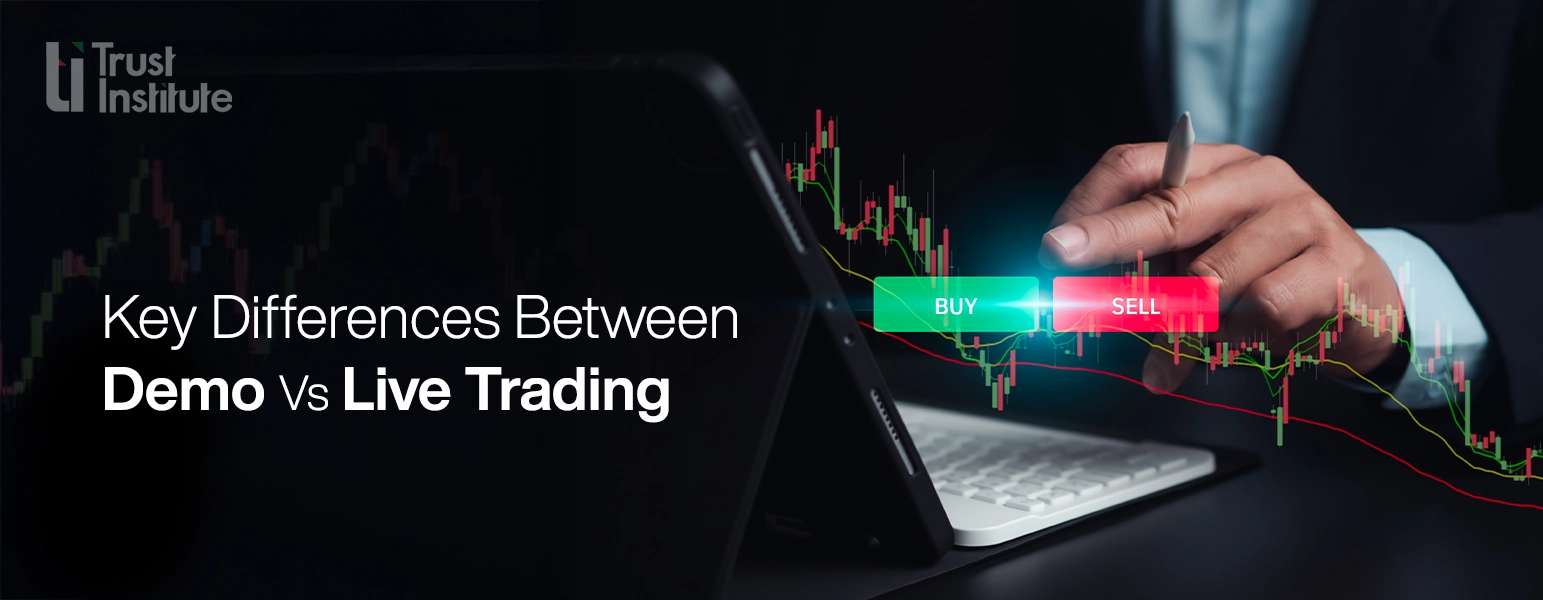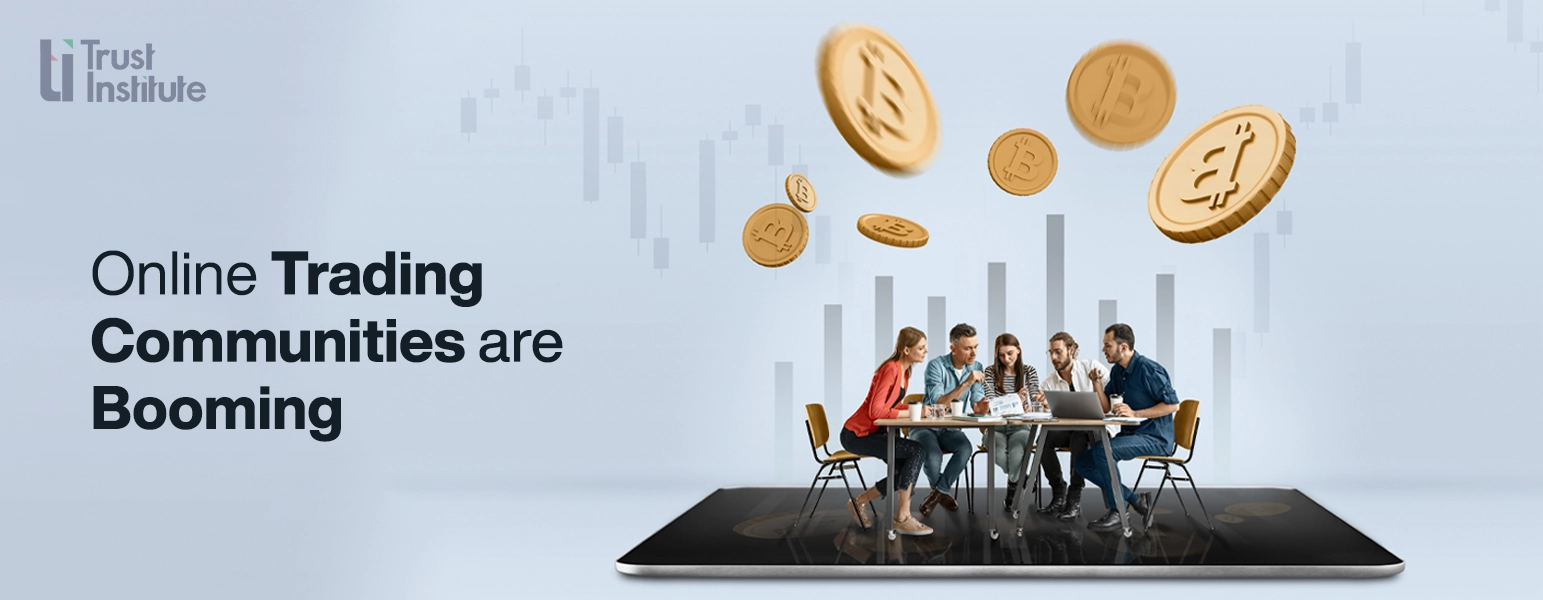استكشف عالم التداول المالي واكتسب المعرفة
والأدوات اللازمة للنجاح من خلال مقالاتنا ومدوناتنا المصممة باحترافية.

What to Expect From Upcoming Central Bank Decisions

Traders and investors worldwide are closely watching upcoming central bank decisions that could reshape financial markets in 2025. From interest rate moves to new monetary policy frameworks, the central bank policy outlook for 2025 will play a defining role in setting the tone for global economic growth, inflation control, and investment sentiment.
A Year of Policy Shifts
After years of battling inflation and managing post-pandemic recovery, many central banks are now re-evaluating their stances. The monetary policy changes in 2025 are expected to focus on balancing two key objectives: stabilizing inflation and supporting sustainable growth. For instance, the U.S. Federal Reserve, European Central Bank (ECB), and Bank of England are signaling a potential slowdown in rate hikes, while some emerging market central banks might adopt a more hawkish tone to protect their currencies.
The central bank interest rate decisions in early 2025 could determine how global liquidity and borrowing costs evolve. Any unexpected rate cut or hike can immediately ripple through forex, commodities, and stock markets, creating new opportunities and risks for traders.
Impact on Forex Markets
One of the most direct effects of central bank announcements is felt in the foreign exchange market. Traders closely monitor central bank policy outlooks to anticipate currency movements. For example, if the Federal Reserve signals a rate cut, the U.S. dollar often weakens, while currencies from higher-yielding countries might strengthen.

Understanding the impact of central bank decisions on forex is essential for anyone trading major pairs like EUR/USD, GBP/USD, or USD/JPY. Central bank statements often create market volatility from central bank decisions, offering both opportunities for profit and potential risk if traders are unprepared.
How Central Banks Affect Stock Markets
Beyond forex, central bank policies have a significant influence on equity markets. Lower interest rates typically boost investor confidence, as cheaper borrowing encourages business expansion and consumer spending. However, rate hikes can slow down corporate earnings and reduce liquidity, often leading to stock market corrections.
Savvy investors understand how central banks affect stock markets and adjust their portfolios accordingly. For instance, rate cuts may drive investors toward growth and tech stocks, while higher rates could shift interest toward value or dividend-paying sectors. The global markets and central bank policies are intertwined — when one major central bank shifts its stance, ripple effects can be seen worldwide.
Traders’ Focus: Announcements and Volatility
For active traders, central bank announcements and traders go hand in hand. Key economic events such as FOMC meetings, ECB press conferences, and Bank of Japan statements can trigger sharp price swings. Traders often position themselves ahead of these announcements, analyzing inflation data, employment figures, and GDP growth trends to predict policy outcomes.

However, volatility around central bank decisions can be unpredictable. A single comment from a central banker can shift market sentiment instantly. Therefore, having a solid strategy for forex trading and central bank news is crucial. Many traders use technical and fundamental analysis together to navigate these high-impact events.
The Road Ahead: 2025 and Beyond
Looking ahead, the central bank policy outlook for 2025 points toward a cautious yet adaptive approach. Inflation may continue to ease, prompting discussions around gradual rate cuts, but policymakers are expected to proceed carefully to avoid reigniting price pressures. At the same time, global geopolitical tensions and energy price fluctuations could complicate decision-making.
For investors and traders alike, staying informed and adaptable is key. Whether you’re watching monetary policy changes in 2025 or preparing for the next major rate announcement, understanding the broader context of global markets and central bank policies will help you make smarter trading decisions.
In summary, the upcoming central bank decisions are set to shape 2025’s financial landscape, influencing everything from currency valuations and stock performance to overall market confidence. Those who stay ahead of these shifts and interpret policy signals effectively will be best positioned to capitalise on the opportunities that volatility brings.
جميع المدونات
© معهد ترست للتدريب والتطوير 2025
Disclaimer: Trust Institute is a KHDA-licensed educational institution based in Dubai, UAE. All training programs, materials, and content offered through our website and in-person sessions are provided strictly for educational purposes. We do not offer financial or investment advice, and we do not engage in or promote any trading activity.
Our courses are designed to increase knowledge and understanding of financial markets. Trust Institute is not a brokerage firm, does not manage client funds, and does not participate in any trading on behalf of its students.
Participation in financial markets, including Forex trading, involves significant risk and may not be suitable for everyone. Individuals are encouraged to conduct their own research and consult with licensed financial professionals before making any financial decisions.
By accessing our content or enrolling in our courses, you acknowledge and accept that Trust Institute is not liable for any financial outcomes resulting from the application of educational material shared. You agree that your use of this information is at your own discretion and responsibility.
Trust Institute is fully licensed and regulated by the Knowledge and Human Development Authority (KHDA) in Dubai, United Arab Emirates.










































